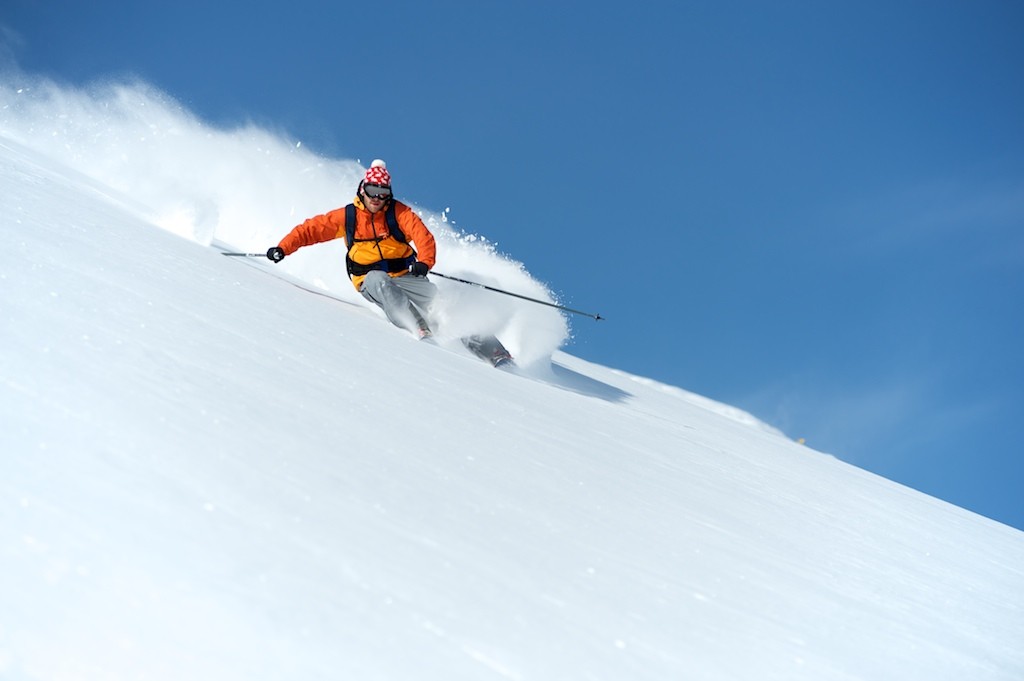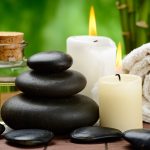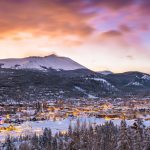 Most people come to Summit County during the winter months for one thing – skiing and snowboarding. This is only natural considering we have four world-class ski resorts to choose from. But, unless you ski or snowboard regularly, you are going to have some noticeable stiffness and/or soreness after your first couple days on the hill. That’s where we come in. A massage at our Breckenridge spa is an effective treatment that can help provide relief for those tired and sore muscles, and can help you recover much quicker. So, here’s a quick rundown of the muscle groups most used during your skiing or snowboarding excursion.
Most people come to Summit County during the winter months for one thing – skiing and snowboarding. This is only natural considering we have four world-class ski resorts to choose from. But, unless you ski or snowboard regularly, you are going to have some noticeable stiffness and/or soreness after your first couple days on the hill. That’s where we come in. A massage at our Breckenridge spa is an effective treatment that can help provide relief for those tired and sore muscles, and can help you recover much quicker. So, here’s a quick rundown of the muscle groups most used during your skiing or snowboarding excursion.
Legs
Your leg muscles naturally receive the brunt of activity when skiing or riding. The strength and coordination that is needed to navigate your downhill movement can result in microscopic tears in your muscle fibers that produce inflamed muscles. This is what causes the soreness and stiffness in your legs that any skier or snowboarder is all too familiar with.
Core
Your core is responsible for stabilizing your body and therefore is going to suffer after a day on the slopes. Your core strength permits your body to absorb the pressure resulting from powder, moguls, and other obstacles on your way down the hill. And, your core does this all while helping you to balance. Your abdominal muscles help align your pelvis and spine to ensure proper posture and to help you from falling.
Feet & Ankles
While not as common as the aforementioned categories (unless you have uncomfortable boots), another muscle group that may need some attention after a day of skiing or riding is your feet and ankles. Depending on your experience, you will use your feet and ankles a lot to perform edging and rotational movements to keep your feet heading in the direction that you want your body to follow.
Glutes
The gluteal complex is one of the most powerful muscle groups on your body and is critical to controlling your legs. And, since your legs take the brunt of the pounding, naturally the glutes will be sore too. From your outer thighs to your upper legs, this muscle group helps you with the rotary movements that pilot you downhill.
Conclusion
The application of pressure and movement to your muscles from a massage can help to boost your blood flow to oxygenate your muscles, encourage lymph circulation for faster toxin removal, work out knots and other places of tension, and help you relax in a manner that will provide relief and speed up your recovery time so you can get back on the hill again the next day. If your ski trip happens to take you to Breckenridge, we are here to help you get the most out of your vacation. Contact us today for your recovery massage.





